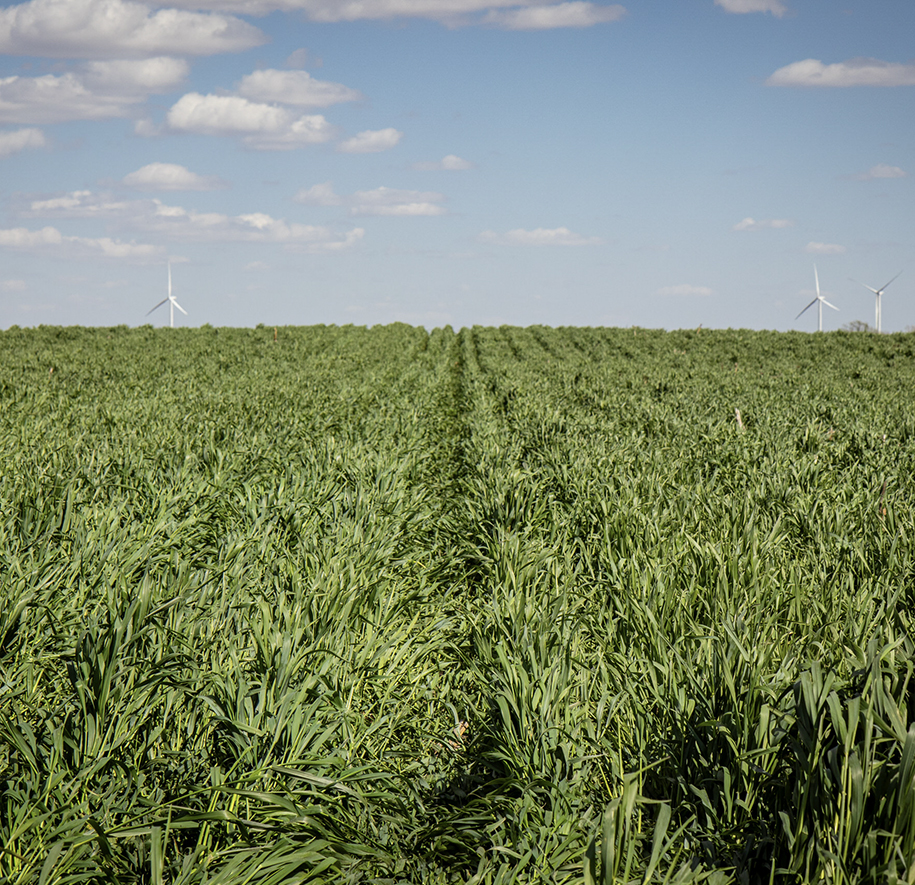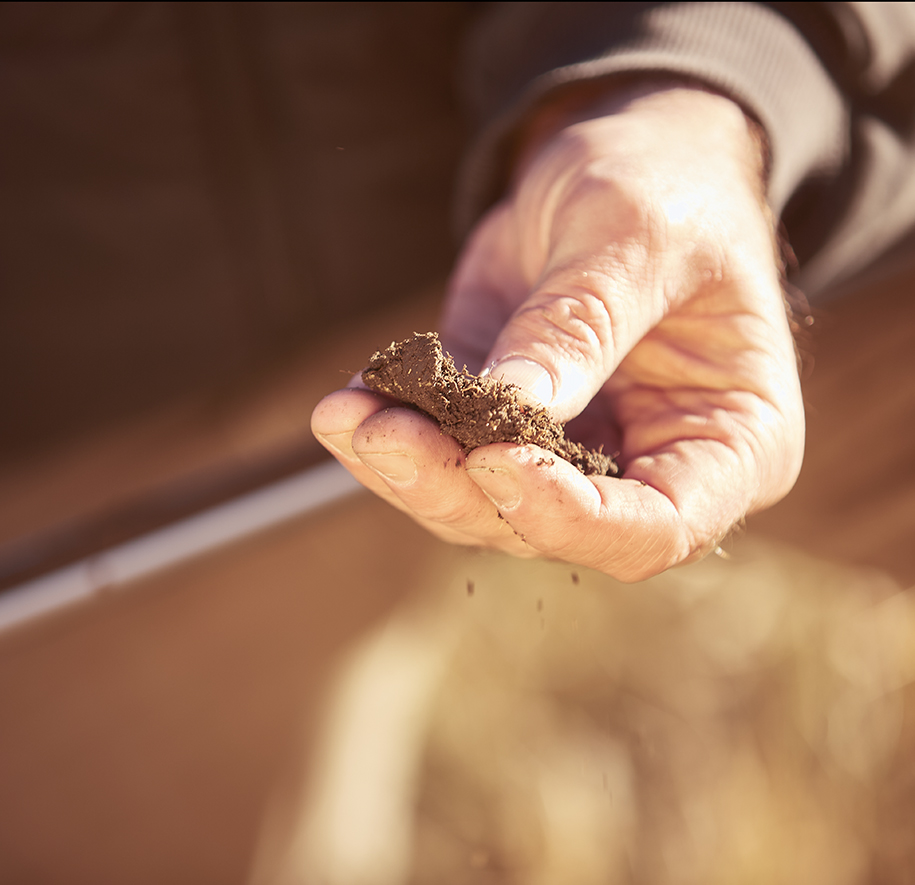Cover Crops: Retain and Reuse Nutrients
Cover crops can be a valuable tool for increasing soil fertility and overall soil health.
-
-
Scavenging: Deep-rooted species like cereal rye and brassicas pull up nitrogen and other nutrients from deeper soil layers, holding them in place for the next crop.
-
Fixing: Legume cover crops like clover or vetch can fix atmospheric nitrogen, helping reduce synthetic N needs.
-
Timing: With the right timing, cover crops help fine-tune nutrient availability to match crop uptake.
Livestock: Recycle Nutrients and Add Grazing Days
Integrating livestock into cropping systems can add another layer to your nutrient strategy.
-
-
Manure as a Resource: Managed grazing puts nutrients back into the field through manure, reducing the need for hauled-in fertilizer.
-
Feed Efficiency: Grazing cover crops or crop residue extends the grazing season and reduces feed costs.
-
Soil Response: Over time, well-managed grazing can improve soil function, helping nutrients cycle more effectively across the whole system.


